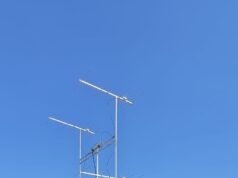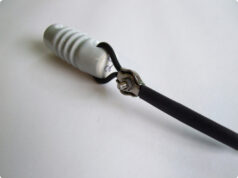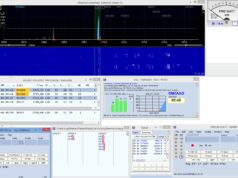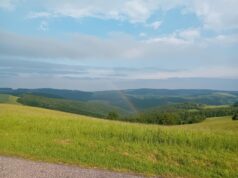Last round of the SSB League 2023 marked by a solar flare. It caused the aurora borealis on Friday afternoon. Changes in the Earth's magnetic field then result in some anomaly in the conditions of short wave propagation.
You will read:
HINT: WSPR Propagation HB9VQQ https://wspr.hb9vqq.ch
This website allows you to access and visualize more than 5 billion records in the WSPR database, which extend up to a year 2008! WSPR is the perfect tool for long-term propagation analysis, but also for a quick check of your distribution conditions.
At every moment, day and night, are active worldwide more than 800 WSPR transmitters and receivers. From the data and comparisons, it is possible to find out how well and at what time the shortwave bands are open.
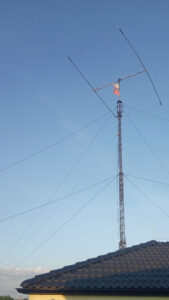
This website will help you answer the questions, for example:
- What is the best band and time to connect X to Y?
- What is the trend of the spread over time period T?
- How local is the spread?
- What is the effect of large solar events on propagation conditions?
- Comparison of antennas and QTH
It also indirectly enables the comparison of real propagation between two stations. Example: if both stations broadcast WSPR at the same power in an identical time period, a comparison can be made from the received reports, which antenna and location (QTH) it is better for broadcasting.
December SSB League
This time I used 100W from the Yaesu FT-1000MP transceiver into the inverted V antenna on RDM-12. The small final stage was not switched on this time. Apparently they know it, because the usual initial pile-up of stations did not take place. I did that by searching quite a few stations. It was a pleasure to connect with Stan OM8HG, which I haven't heard for a long time. The strength of the signals varied quite a bit, while some stations were passing very strongly, others were at the limit of audibility. After one hour of operation it is in the log 88 QSOs to 63 districts, which is much more than the start of the SSB League signaled. This is how your signals sounded this month:


